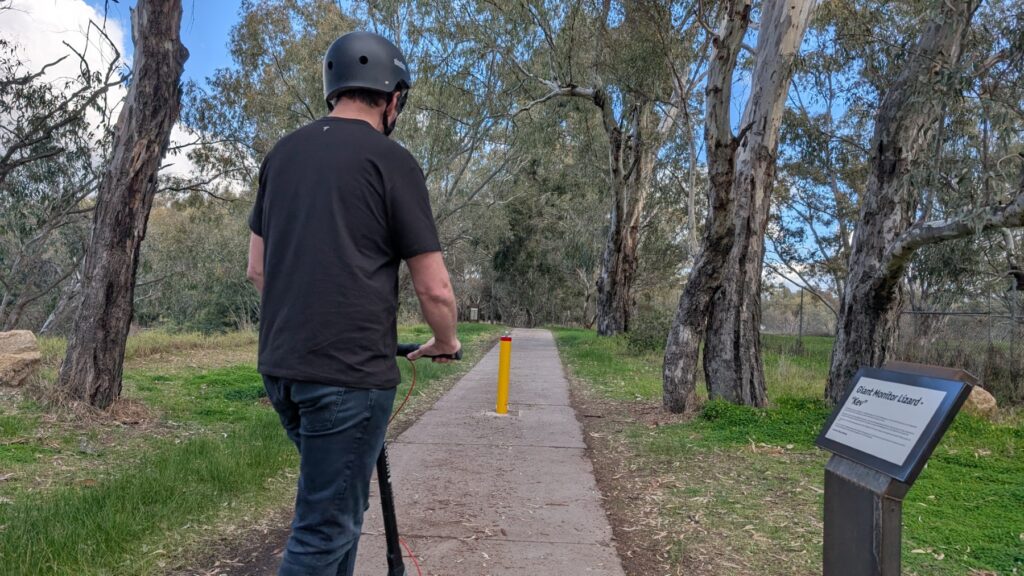Chemist Warehouse Employs AI to Enhance HR Inbox Administration
We independently review everything we recommend. When you buy through our links, we may earn a commission which is paid directly to our Australia-based writers, editors, and support staff. Thank you for your support!
Brief Overview
- Chemist Warehouse employs AI to address HR questions for its 30,000 employees and store operators.
- The AI tool, AIHRA, automates the creation of responses for HR inquiries.
- AIHRA connects with information sources such as Fair Work Australia for precise data.
- The AI tool saves the HR team roughly 1950 hours each year.
- AIHRA was created in collaboration with Microsoft partner Insurgence AI utilizing Microsoft Azure.
- Chemist Warehouse is concentrating on AI governance and swift value extraction.
AI-Driven HR Productivity at Chemist Warehouse

Chemist Warehouse, a prominent discount pharmacy chain, has transformed its human resources (HR) functions by implementing an artificial intelligence (AI) system known as AIHRA in its shared email inbox. This groundbreaking initiative, launched at the beginning of 2025, seeks to streamline HR inquiries from its large workforce of 30,000 employees and store operators by automating the preliminary drafting of responses.
The Development of AIHRA
AIHRA, fondly called “she” by the HR team, has undergone considerable growth since its launch. Initially dubbed ‘baby AIHRA’, it has advanced to ‘intern AIHRA’, demonstrating its capability to address a wider variety of HR-related issues such as leave requests, probation oversight, and performance conversations. This development reflects the continuous enhancements made during the year.
Integration and Capabilities
AIHRA is crafted to integrate flawlessly with external data sources, including Fair Work Australia. This connection guarantees that the AI system can access contemporary award documents and enterprise bargaining contracts, along with internal guidelines. Within half a minute of receiving an inquiry, AIHRA formulates a response, which is then evaluated by an HR advisor before dispatch, ensuring both rapidity and precision.
Efficiency and Time Savings
The introduction of AIHRA has resulted in notable time savings for Chemist Warehouse’s HR advisory team. By handling up to 300 email inquiries each week, the AI system is projected to save the team around 1950 hours annually. This efficiency empowers the HR advisors to concentrate on more complicated and urgent assignments.
Strategic Implementation of AI
Created in partnership with Microsoft affiliate Insurgence AI, AIHRA utilizes Microsoft Azure AI Foundry and the Power Platform. Chemist Warehouse is dedicated to a structured approach to AI, balancing governance with immediate business advantages. This strategy includes a scalable AI governance model that aligns with the organization’s long-term objectives while achieving quick successes across various business segments.
Conclusion
Chemist Warehouse’s strategic application of AI in HR inbox management illustrates the potential of technology to boost operational efficiency. By automating repetitive tasks, the pharmacy chain not only conserves time but also enables its HR team to focus on more strategic projects. This example underscores the significance of AI integration in contemporary business practices, establishing a benchmark for others to emulate.









.jpg&h=420&w=748&c=0&s=0)

.jpg&h=420&w=748&c=0&s=0)
